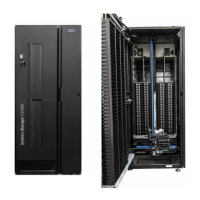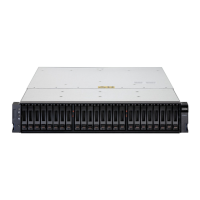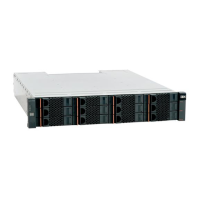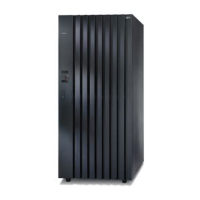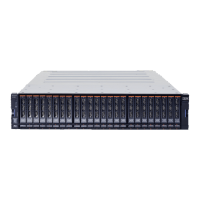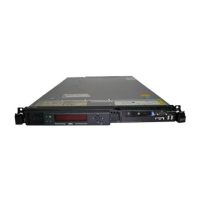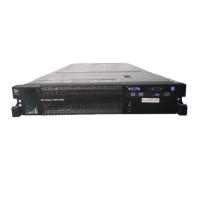34 Accessing the management interface
Accessing the management interface
Local and remote
management
Local access to the switch command-line interface (CLI) is available through the
console port on the rear panel of the switch. To view the CLI and execute
commands from the local connection, use a VT100/ANSI terminal or an
administrative computer with terminal emulation software such as Tera Term,
xterm, or Windows
®
HyperTerminal.
To enable remote management of the switch through Telnet, SSH, or SNMP, the
switch must be connected to the network and must have an IP address or IPv6
address. After the switch is physically and logically connected to the network,
you can manage and monitor the switch remotely by using a Telnet or SSH client
(such as PuTTY) on an administrative computer, or by using an SNMP-based
network management system. You can also continue to manage the switch
through the terminal interface by using the console port connection.
In-band and out-of-
band management
The CN1610 has a port intended solely for out-of-band switch management. This
10/100/1000Base-T port is known as the remote management port or service
port. Traffic received on the remote management port is never switched to any in-
band (network) port. Likewise, traffic received on any in-band port is never
forwarded or routed over the remote management port.
Alternatively, you may choose to manage the switch through the production
network. This in-band management is possible through any SFP+ port that has a
network connection. Because in-band management traffic is mixed in with
production network traffic, it is subject to all of the filtering rules usually applied
on a switched/routed port such as ACLs and VLAN tagging.
The features available on the management port are limited to protocols required
to manage the switch, for example Telnet, SSH, DHCP client, and TFTP.
Limiting the configuration options makes it difficult to accidentally cut off
management access to the switch.
If the production network is experiencing problems, you can still use the remote
management port to access the switch management interface and troubleshoot
issues.
It is recommended that you connect the remote management port to the
management network for out-of-band management.

